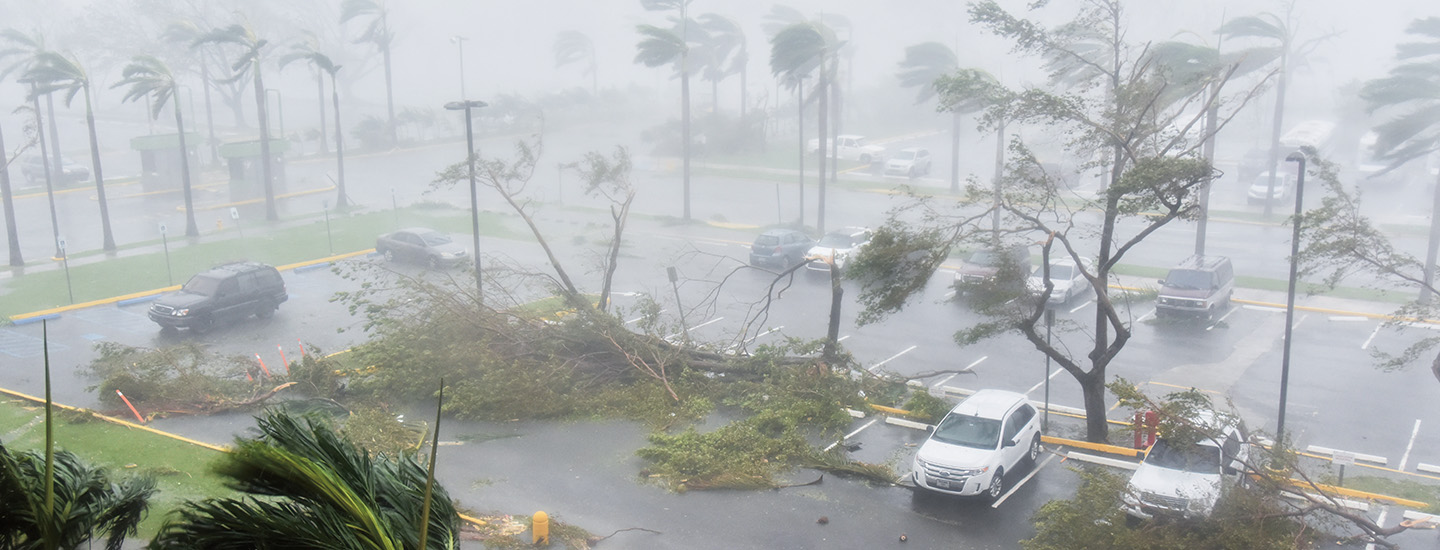Hurricane Maria hit Puerto Rico in 2017. The storm destroyed 80 percent of the island’s agriculture. It also wiped out about 15 percent of the trees in the U.S. territory. That’s what environmentalists Amira Odeh Quiñones and Dariana Mattei Ramos noticed the most: downed trees and fallen fruit. Puerto Ricans relied on the trees for food, and farmers counted on them for income. The duo knew they had to do something to combat the island’s deforestation.
Back in 2016, Odeh Quiñones and Mattei Ramos had founded the Puerto Rico branch of the group Caribbean Youth Environment Network (CYEN PR), which brings together young people who want to protect the environment. After the hurricane, they worked with CYEN PR volunteers to deliver trees, seeds, and first aid supplies to people across Puerto Rico.
Hurricane Maria hit Puerto Rico in 2017. The powerful storm destroyed 80 percent of the island’s farms. It also wiped out about 15 percent of the trees in the U.S. territory. The loss of fruit trees worried Puerto Rican environmentalists Amira Odeh Quiñones and Dariana Mattei Ramos. They knew that many Puerto Ricans relied on the fruits for food, and farmers needed the income from selling them. The two young women decided to do something to help.
Back in 2016, Odeh Quiñones and Mattei Ramos had founded the Puerto Rican branch of the Caribbean Youth Environment Network. This group brings together young people who want to protect the environment. After the hurricane, Odeh Quiñones and Mattei Ramos rallied these volunteers to help with their recovery effort. They delivered trees, seeds, and first aid supplies to people across Puerto Rico.

